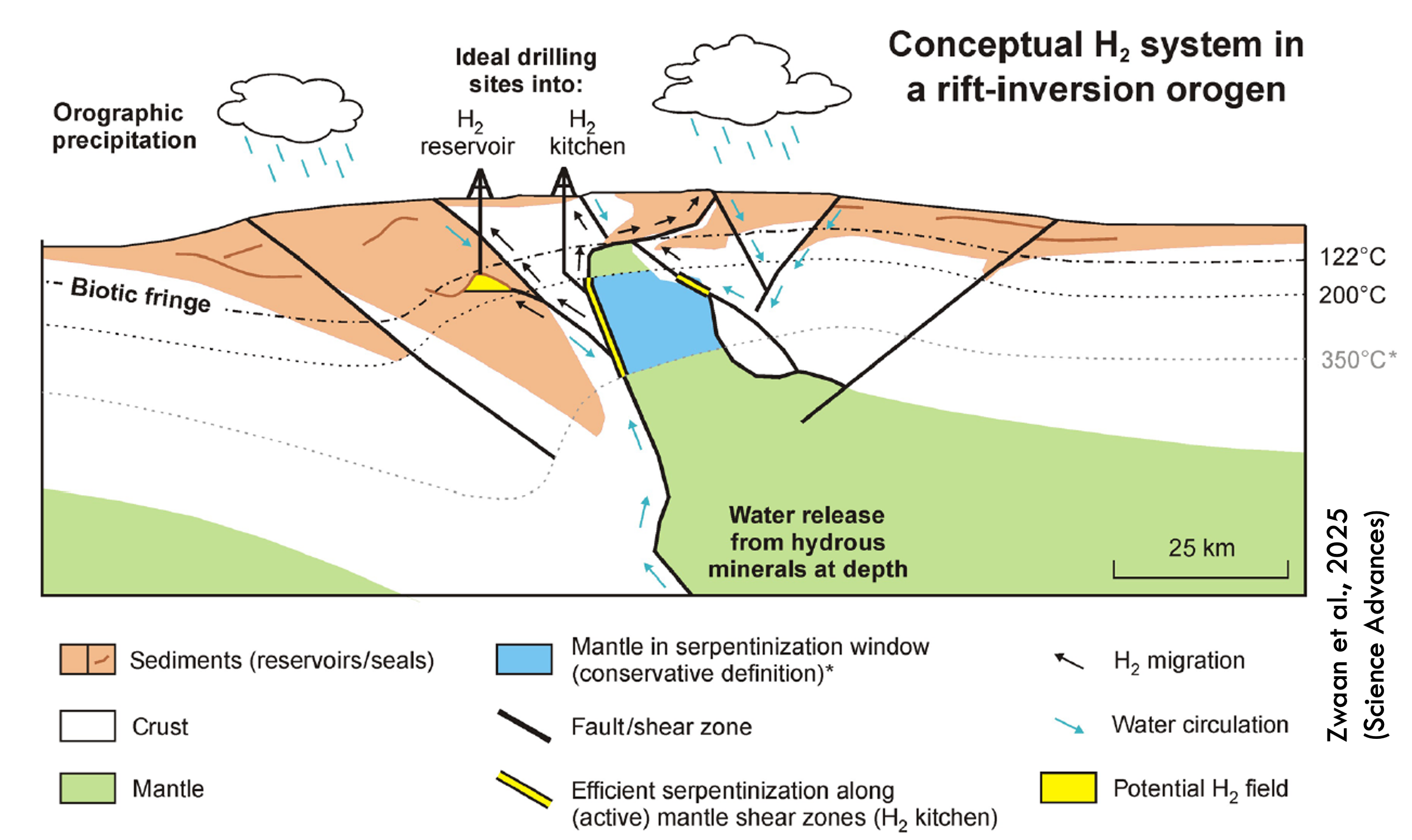We are excited to invite you to the 15th seminar of the 2025 Geology and Geophysics Seminar Series, featuring Prof. Sascha Brune, who leads the Geodynamic Modelling Section at GFZ and holds a professorship at the University of Potsdam. Sascha will be presenting on “Process Interactions at Plate Boundaries: Rifts, Mountains, Resources“. In this engaging talk, he will show how coupled geodynamic and landscape models reveal the interactions of tectonics, magmatism and surface processes at plate boundaries, and their implications for georesources such as lead-zinc deposits and natural hydrogen, while sharing fresh insights and the latest technical advances in geoscience
Date: August 27, 2025
Time: 11:00 a.m. – 12:00 p.m. AEST, Sydney Time
Location: Room 449 (Conference Room), Madsen Building (F09), School of Geosciences
or Online (Join via zoom)
We look forward to seeing you there in person or joining us online!
https://uni-sydney.zoom.us/j/84796471781?from=addon
Process Interactions at Plate Boundaries: Rifts, Mountains, Resources
Abstract
Plate boundaries like continental rifts and orogens are governed by the complex interplay of a range of factors: thermo-mechanical processes control deformation at depth modulated by the emplacement of melt, while erosion and sedimentation reshape surface topography. Understanding the intricate links between geodynamic, magmatic and surface processes is essential to unravelling how plate boundaries evolve, how they interact with the Earth system and under which conditions georesources are generated.
This presentation builds on latest technical advances in establishing a modelling framework where the open-source geodynamic software ASPECT is bi-directionally coupled to the landscape evolution code FastScape. This approach can capture the dynamic interaction between faulting, surface loading, isostasy, erosion and sedimentation at all stages of the Wilson cycle. In addition, dikes are incorporated via a one-way coupling scheme using a post-processing technique that infers potential diking pathways based on the modelled tectonic stress field.
We employ this framework to determine the geodynamic conditions that facilitate the formation of georesources like clastic-dominated lead-zinc deposits and natural hydrogen. Modelling results suggest that associated ore-exploration programs should prioritize the narrow margins formed in asymmetric rift systems and that rift-inversion orogens hold a ~20 times larger potential for hydrogen generations than extensional plate boundaries.
Graphical Abstract

![]()
